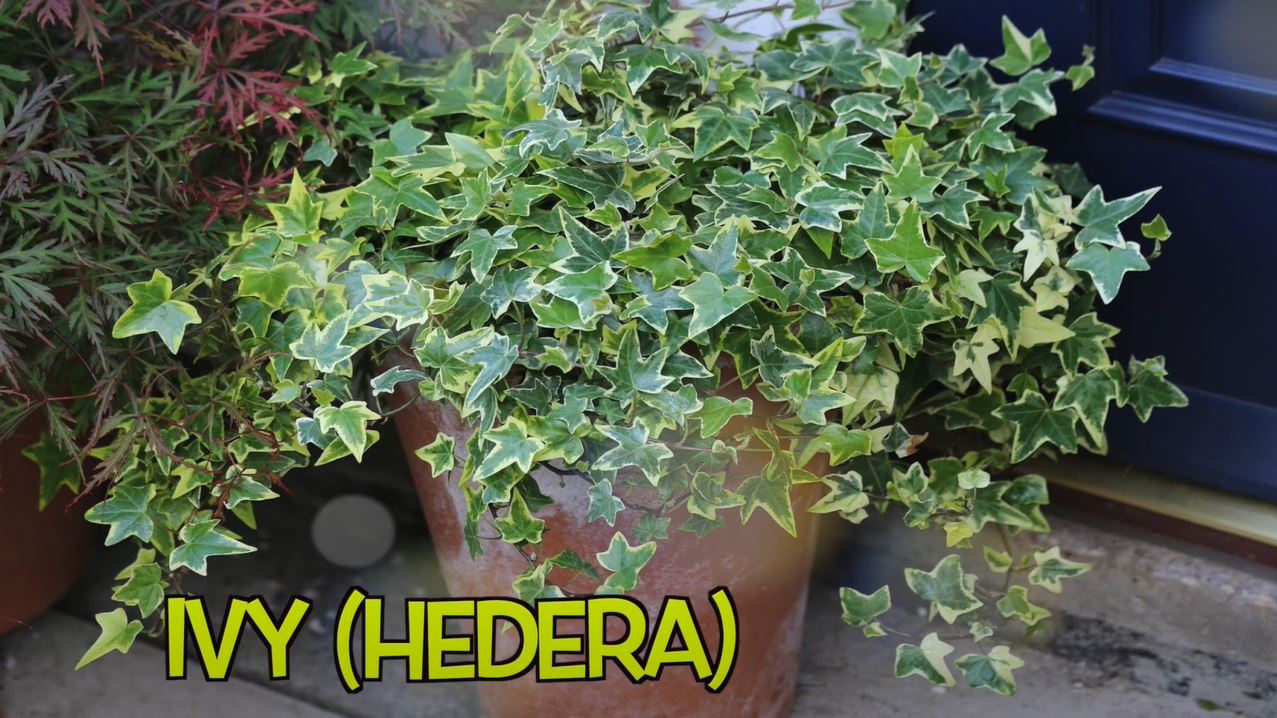
One of the simplest solutions to reducing humidity in the house is using house plants. To some people, it might not seem like a practical solution, but it actually works.
Most plants absorb humidity through their leaves. However, they are some plants that are more efficient at absorbing vaporous moisture than others.
In this article, we are going to discuss 10 plants that efficiently absorb humidity in the house. These are plants you can buy if you have high humidity problems in the home.
Fiddle-Leaf Figs
The Fiddle-leaf Figs is a large beautiful plant that is native to Central and West Africa. They have large green leaves, and they thrive in areas with adequate moisture.
Peace Lily

The Peace Lily is a lovely tropical plant that blooms in humid and wet areas. It also requires adequate sunshine to thrive, and it’s pretty easy to maintain.
The plant can help reduce humidity in your home because it requires plenty of moisture to flourish. This means that this would not be the ideal plant to buy if you need to increase humidity in your home.
Majesty Palm
Majesty Palms are decorative, and they are definitely majestic. These plants love humidity, which is why they are a great option when choosing a plant to help reduce humidity in your home. They are not small plants, so they are not suitable for small rooms. They are easy to maintain, just mist them once in a while and make sure they get some sunshine.
Pilea Peperomioides
This plant does well in humid environments, making it a suitable candidate if you are shopping for humidity-absorbing plants. It has round green leaves, and it requires some sunshine to thrive. It’s not a big plant and not as nearly as cheap as other plants that absorb humidity.
Aloe Plant
Aloe Plant is a beautiful succulent that requires little to no maintenance. The plant flourishes in tropical environments, and it has plenty of health benefits. Since it requires sunshine to thrive, make sure to place it near a window.
English Ivy

The English Ivy is not the most spectacular-looking plant, but if you are dealing with high humidity in your home, it can help reduce the humidity. It a pretty resilient plant, and you can hang it in a jar or basket anywhere in the house. The plant loves humidity and medium light.
Air Plant
The wonderful thing about Air Plants is that they don’t need soil to bloom. These plants only require humidity and a bit of sunlight. They are great houseplants because they require little maintenance. As long as there is adequate humidity in your home, the Air Plant will do well.
Heart Leaf Philodendron
This plant is a common houseplant, and it is extremely easy to maintain. It has beautiful heart-shaped leaves, and it does well in high humidity areas. It’s a great houseplant choice if you want to reduce humidity in your home.
Bird’s Nest Fern

The bird’s nest fern is a species of ferns that flourish in warm, humid areas. It does not like direct sunlight, and it can also thrive in low humid areas. This would be an ideal plant to have in the home because it helps balance indoor humidity.
Orchids
Orchids are flowering plants that produce beautiful and colorful flowers when in full bloom. Orchids love humidity, and while they do love sunlight, they can also do well in low light. They are easy to care for, and they do add an aesthetic touch to any space.
How to choose a humidity absorbing plant
Houseplants are known to help reduce indoor humidity because they use the moisture in the air to grow and thrive. So if the humidity in your house increases during the warm months, having plenty of humidity-absorbing plants can help reduce moisture in the air.
But how do you go about choosing a humidity-absorbing plant?
If you don’t know anything about plants, it may be best that you consult Google or a botanist. You don’t want to end up buying a plant that does not do well in humid areas.
If you are dealing with high humidity, consider getting plants that love humidity since you will not need to water them regularly.
Another consideration is price. Some of the plants we have discussed in this article are cheaper than others. If you plan on buying more than two or three plants, go with the more affordable options if you are on a budget.
You might also consider buying plants that don’t require constant attention, particularly if you are always busy. Some indoor plants are easier to maintain than others, and there is quite a huge variety.
Lastly, consider the room that you intend on putting the plants in. If the room is small, go with small plants and vice versa.
